
The last time I was having a chat to adult visitors at a public exhibition (remember those?), something came up on more than one occasion: LEGO® Themes these days are not what they used to be. It used to be pretty simple – you’d build the set (and it was probably Town, Space or Castle. Unless you were a bit younger – then it may well have been a Pirates set) – and you’d pull it apart and build something else. It might be one of the alternate builds on the back of the box, it might be something completely different. It may not have even been related to the original theme.



These days, many sets thrive on 3rd party IP, and the majority of the in-house, story-driven themes are tied in with either an animated series or an overly complicated app.
For those of us yearning for a simpler time, in a world where things have become increasingly complicated, things are looking bleak! Unless you want to go straight to the 4+ sets.
So: where did things go wrong? Did they go wrong? What happened to these classic themes? And where are they now? Are they dead? And if so, where did The LEGO Group bury the bodies?
Over the next few months, I’m going to explore the history of the play themes, look at how they have evolved over the years and look to see where the old content has gone to; but today, I’ll present an overview of some of this material. Of course, in order to see how we got to where we are today, we need to go back to the beginning…
And in the beginning, there was The Brick.

It was simple enough: Derived conceptually from other building bricks on the market, the LEGO Bricks stayed together when stacked – dependent on clutch rather than just gravity to hold them together. It has been recently discovered that the development pathway from the back-of-the-napkin drawing of proposed design for the stud and tube configuration to submitted patent was only a few days.
The brick allowed building to be rapidly deployed – initially in HO scale, consistent with major modelling standards used in other hobbies. To add play value, we saw the town plan: somewhere to place the buildings, and use them in conjunction with toy cars and miniature people.
But beyond that, the brick was elegant in both its simplicity and complexity: with just six 2×4 bricks we have over 915,103,765 different combinations. We don’t have time to go into all of them now. Please don’t expect me to come back to it…
To demonstrate the potential of the brick, the LEGOLAND park was established, with enormous models, on a scale never before seen. To this day, the sculptures around the park and the Miniland areas remain a highlight of a day’s visit.


Of course, it is one thing to exhibit large scale models: unfortunately, they do take up more resources – in both space and brick – than many people could afford.
LEGO Models, sold in kit form, were developed – providing the chance to put together building and vehicles, at something approximating a consistent scale. However, without a population, the towns were dull, empty and lifeless.
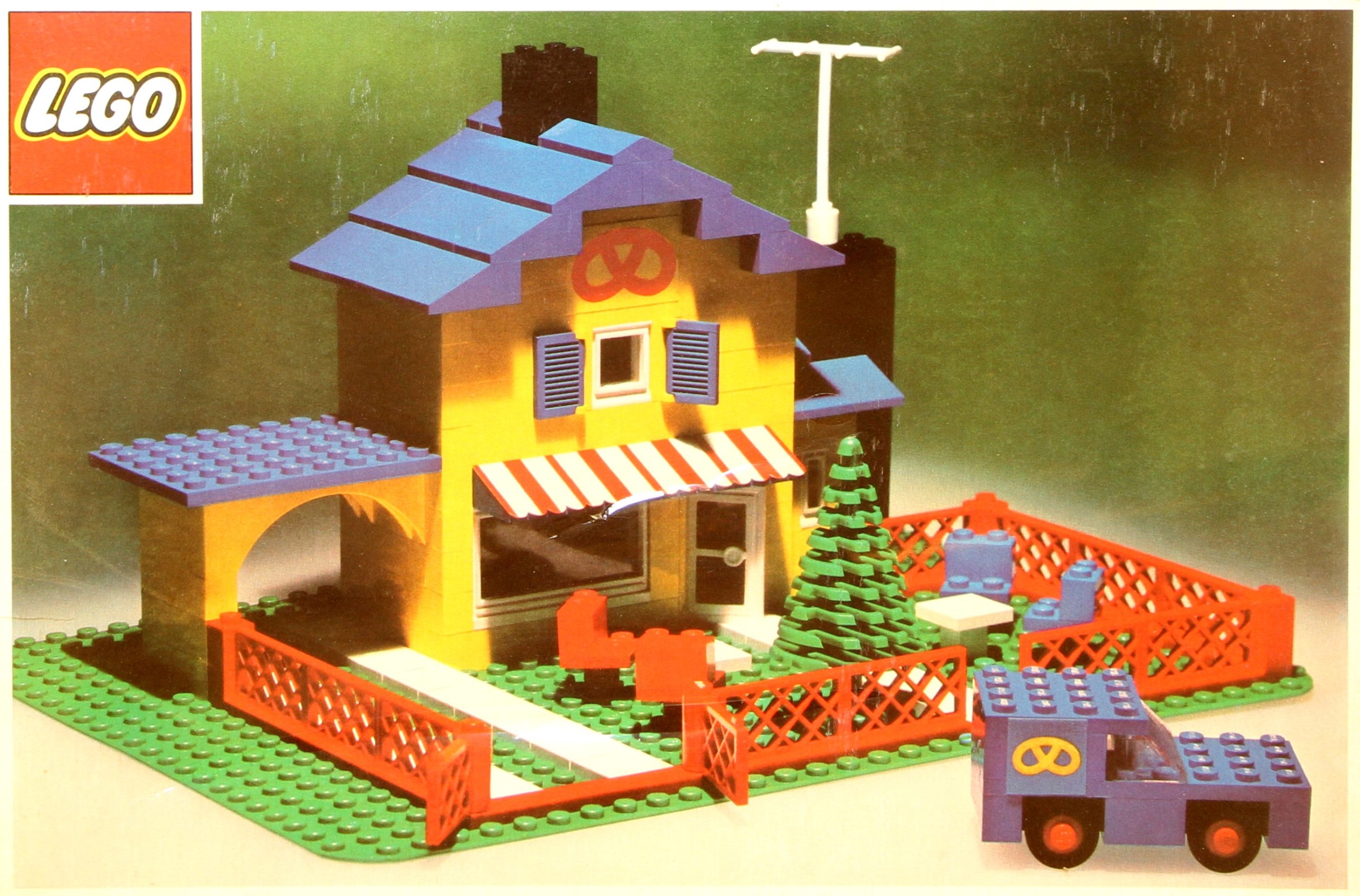
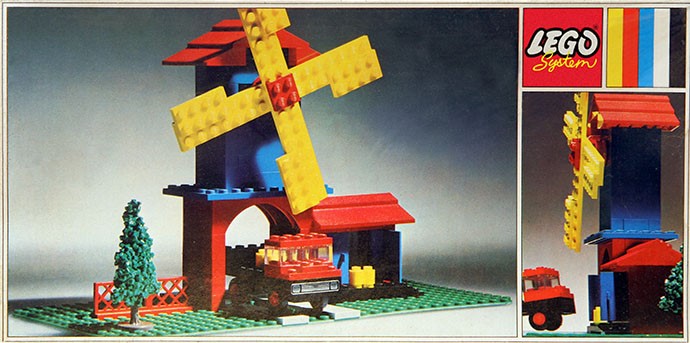
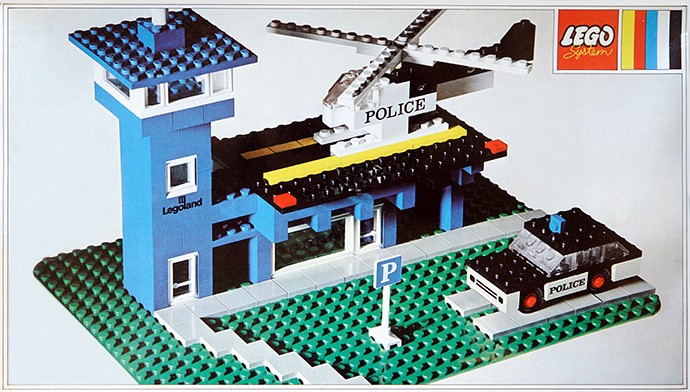
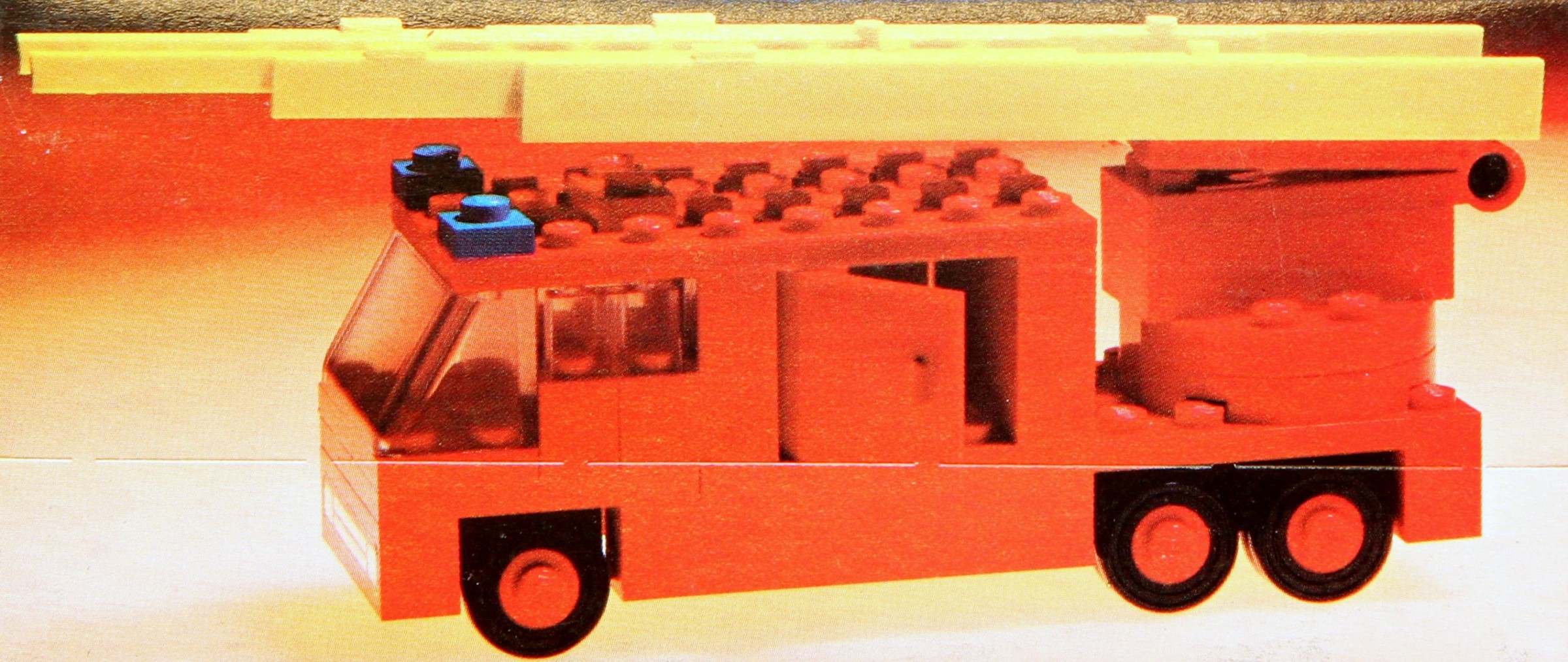
In 1974, we started to see figures to populate builds: they were of a larger scale than the ‘Legoland’ series of cars and buildings: they came with a range of vehicles or rooms – perhaps being a little over scaled to be comfortably packaged with an affordable house. Instead, they tended to be sold by the room, or the carfull. These ‘Homemaker’ Maxifigs continued until around 1978.



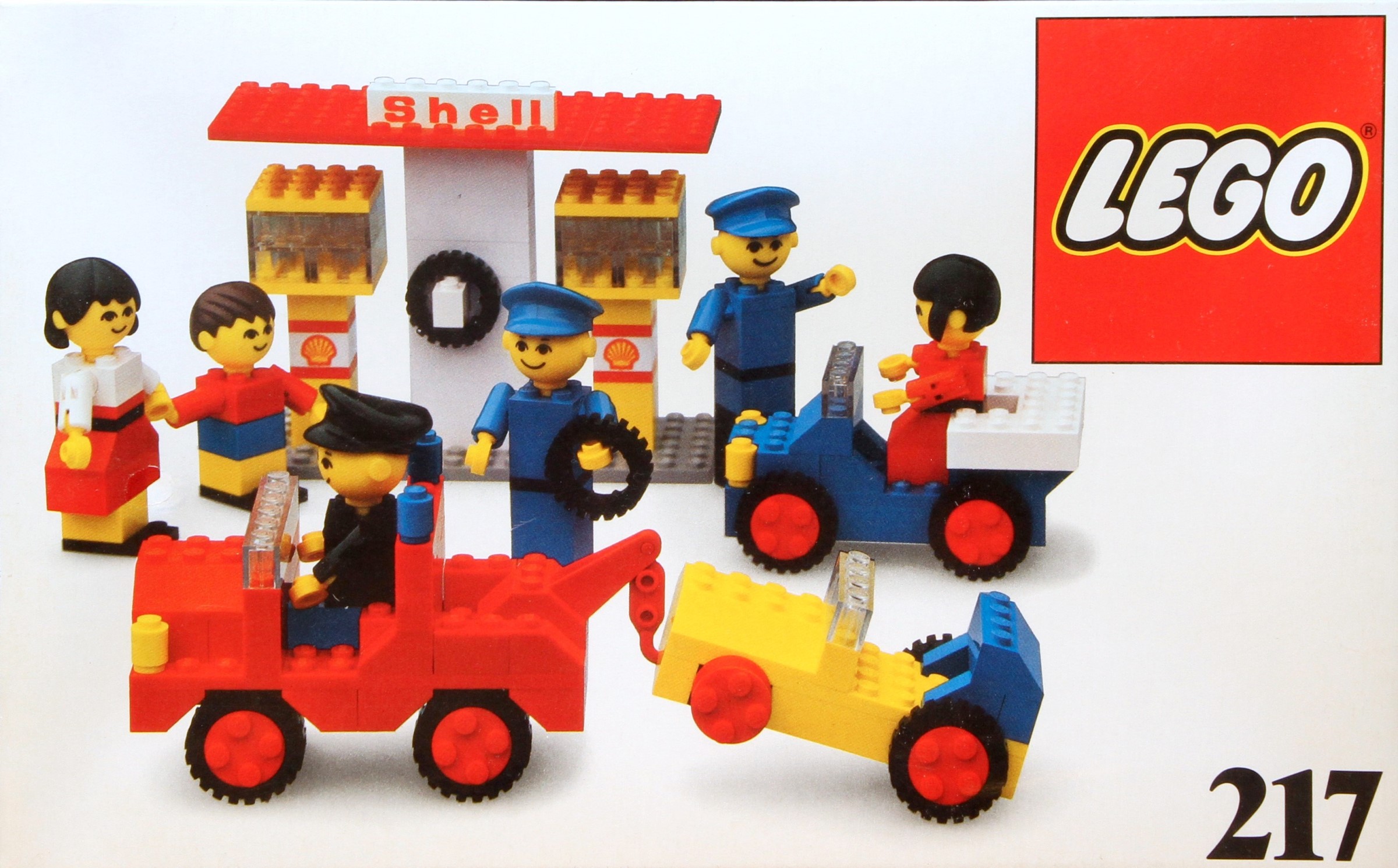
And so, the search for smaller figures prevailed and, in 1975, figures with limited potential for expression were introduced. They stood around, wore different hairpieces, but couldn’t move. However, they gave you a glimpse of what could happen in this town we were building.

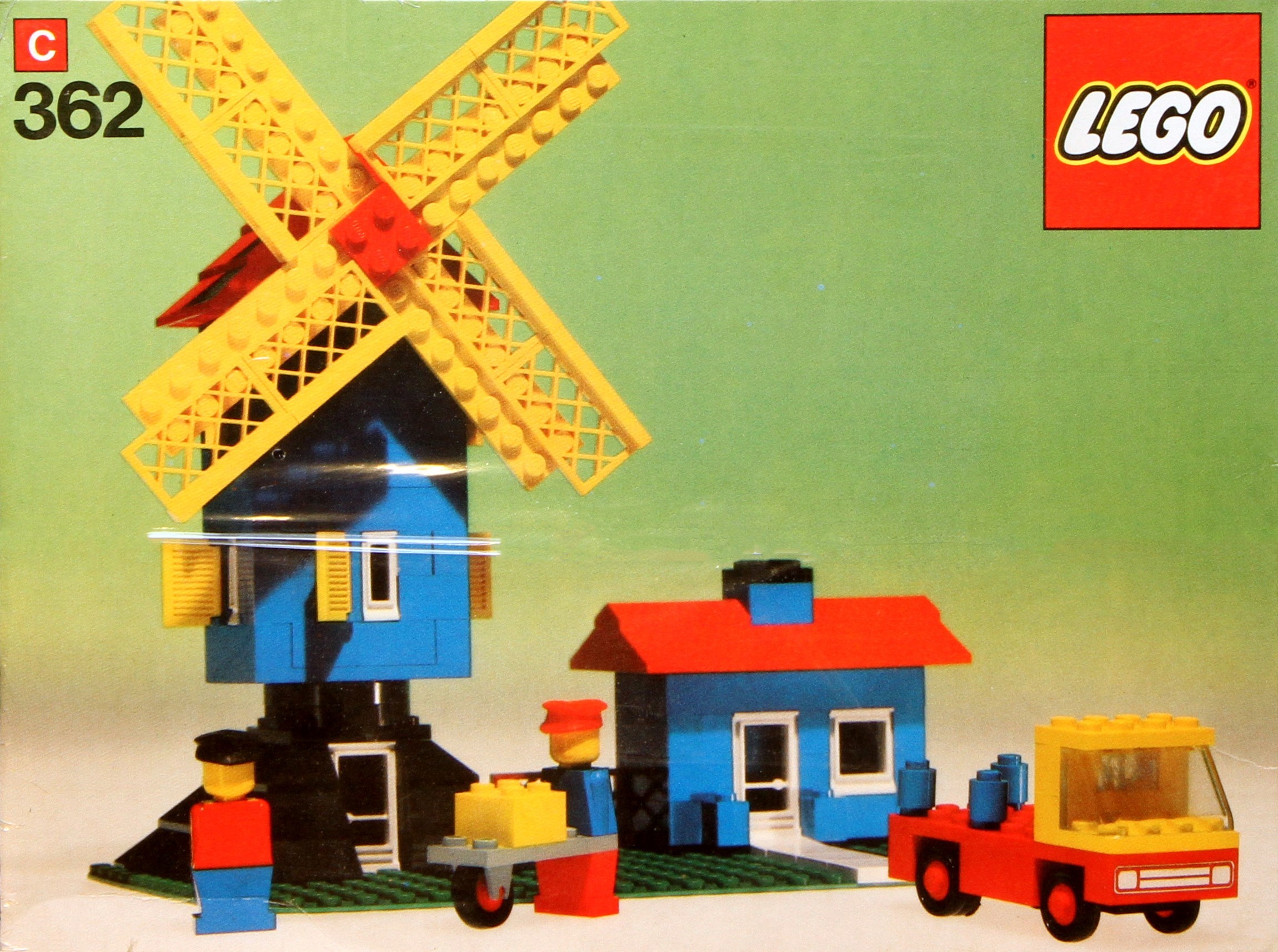
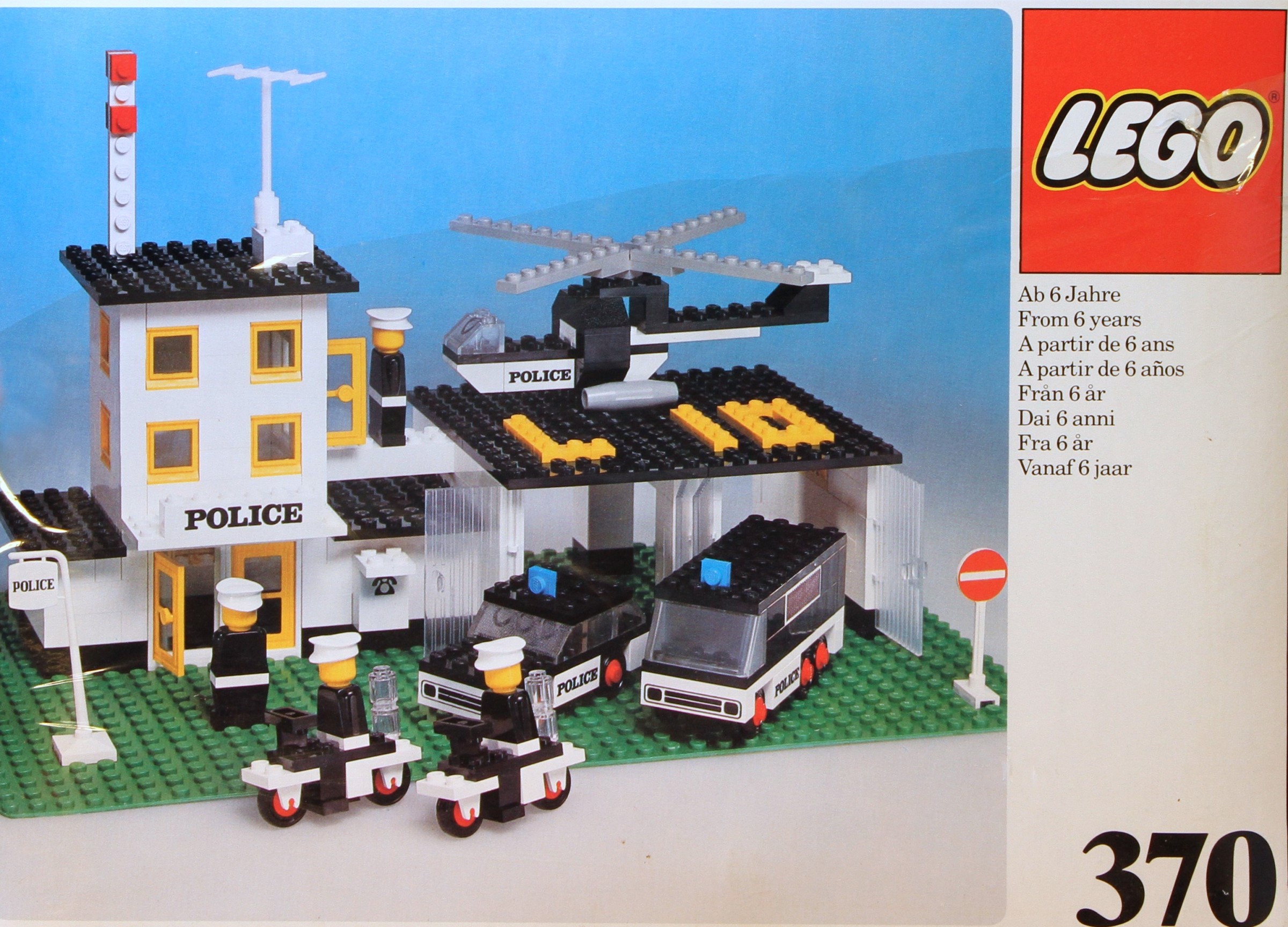
The Age of Happiness

After a few years of these faceless characters, we finally met the smiling, articulated minifigure. A far more practical size than the home maker figures, these characters introduced new life into models, and they brough with them in a variety of themes: Castle, Town and Space. Representing the past, present and future, they unleashed children’s imagination. Most sets had no more than 250 pieces. Even the largest of these sets – the legendary 375 Castle – had no more than 767 pieces. There were more complicated sets ‘for advanced builders’ – both technical sets and static models. While they had more elegant styling, they didn’t have the feeling of life that the LEGOLAND Town, Space and Castle sets had. A world where everyone was happy.




In these days of relatively simple sets, pulling the hero model apart to build something else was in no way intimidating. And with time, we could rebuild many of our favourite sets from memory. Having exhausted the possibilities on the box, the LEGO Group started to provide us with Ideas: and the 6000 Ideas book inspired a generation to build and rebuild, and tell stories.
At the same time, we saw other themes arrive with an emphasis on story telling: Fabuland instruction manuals were written as story books, and the theme was one of the first to extend into multimedia, including books, records and even a stop motion animated series – Edward and Friends.
Over the subsequent years, we will see Castle, Town and Space themes develop: We will see some themes develop factions initially, and subsequently, themes with sets featuring open conflict. Prototypical examples of conflict based themes include some of the new story based themes such as Adventurers, Rock Raiders and Alpha Team



The Rise of Licensed Themes and Animated Series

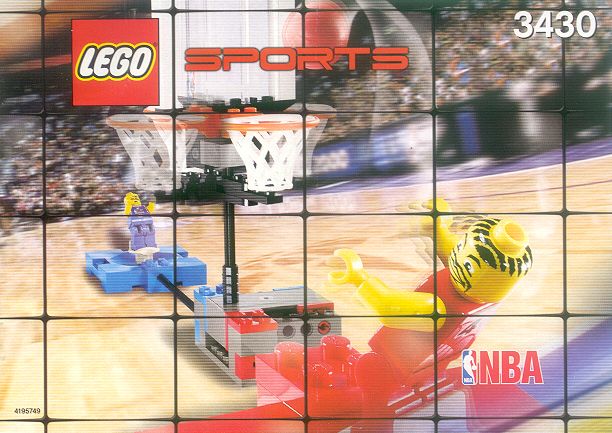
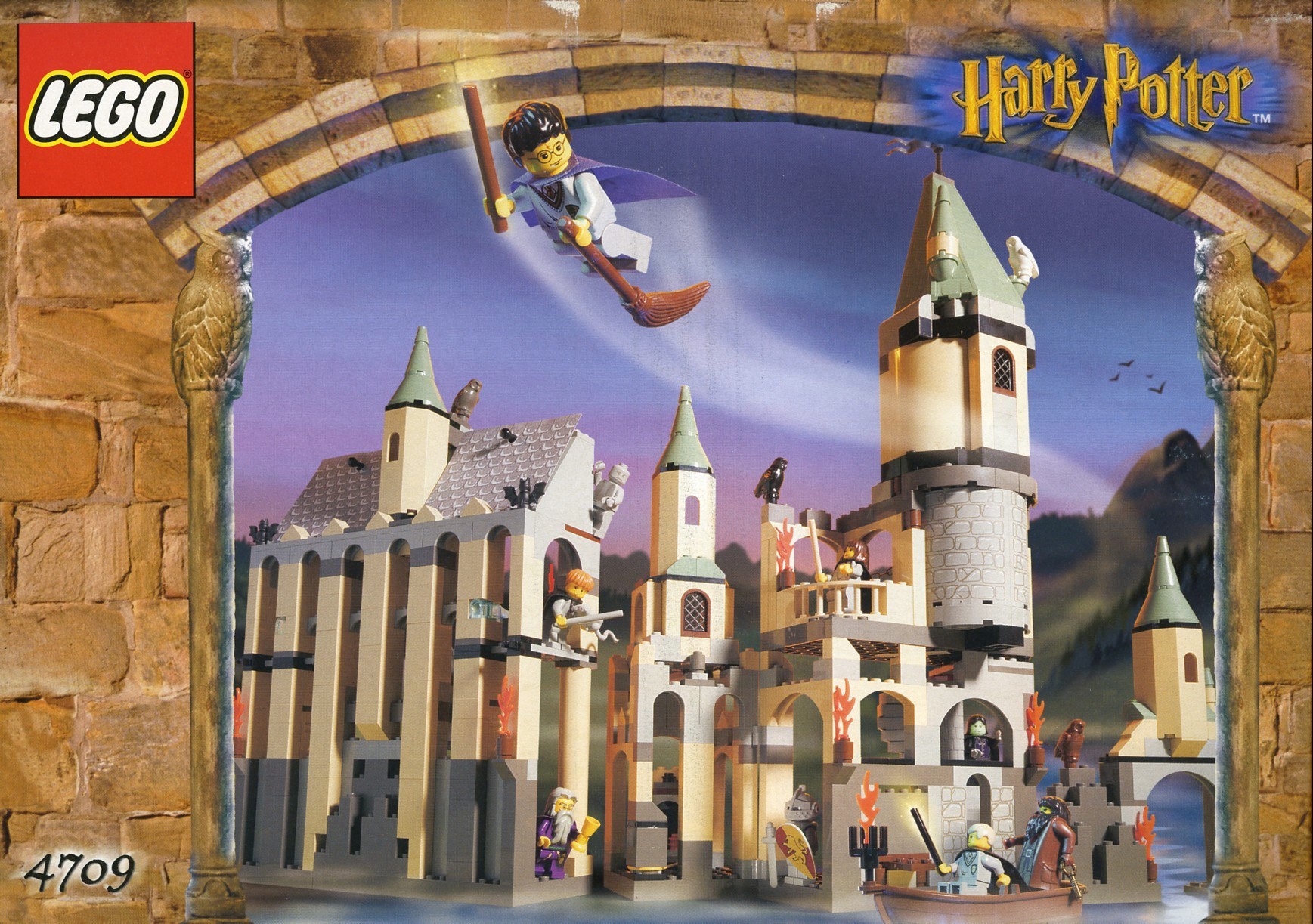

This era of conflict coincides with the arrival of licences themes: Star Wars to start, with Harry Potter, Sports and Spider-Man to follow. With time, some of these licenced themes came to displace in-house themes: Lord of the Rings, Indiana Jones and so forth.
Perhaps there is no doubt that the success of licensed, story based themes provided some inspiration for the future direction of sets.
In the 2010s we start to see themes with a tie-in animation: starting with a short ‘movie’ on Cartoon Network for Atlantis in 2010, we later see other themes tying in tightly with companion series.
Ninjago was, without a doubt, the strongest of these: their intended 3 year run still going on 10 years later. Along the way, other themes with animated series based on them have been released: Legends of Chima, Nexo Knights, and more recently, Monkie Kid.
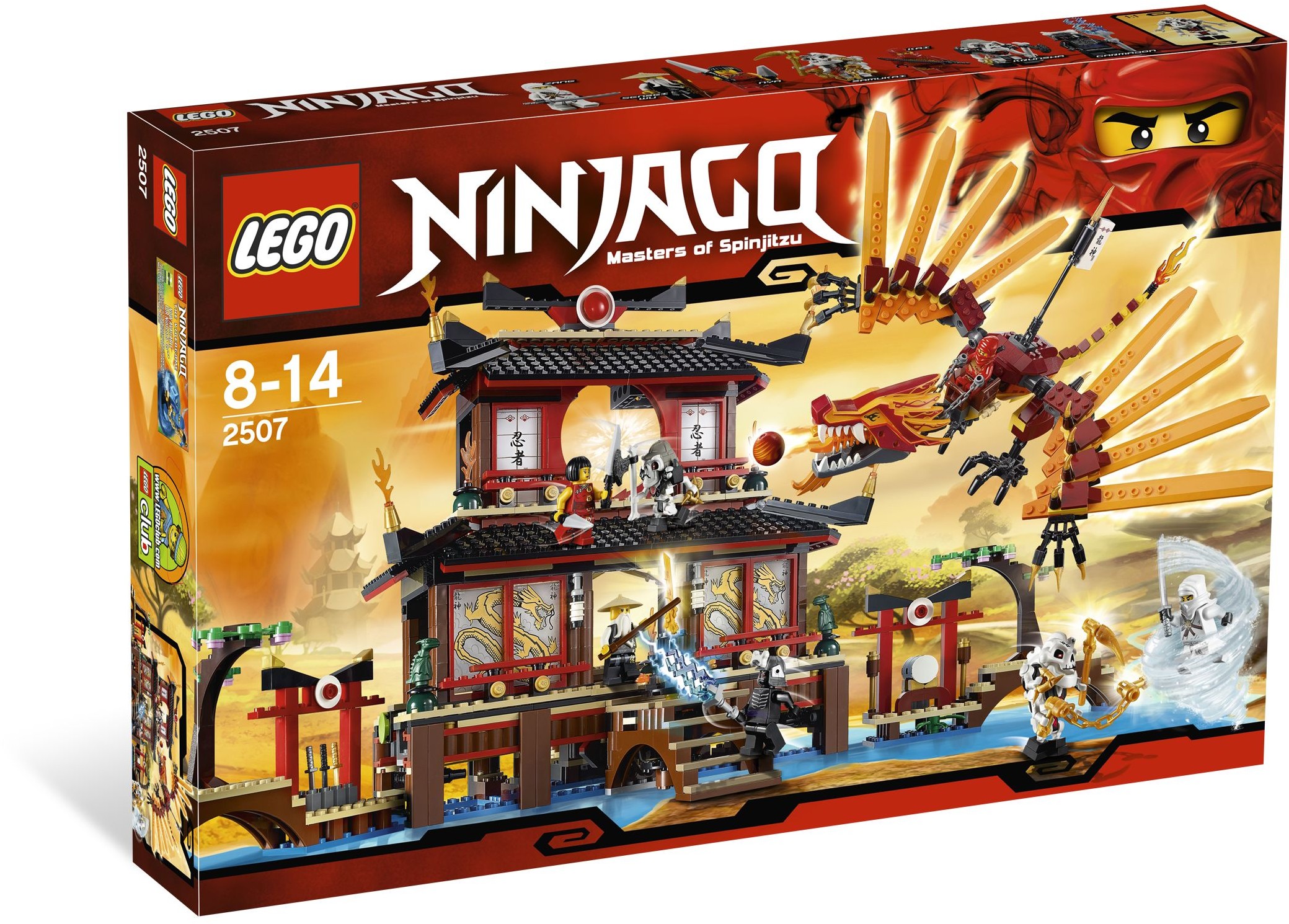


LEGO Friends debuted in 2012, having been involved in years of market research; this theme was also way more closely engaged with the animated series, with both set designers and script writers influencing the content of the final products.
In recent years, even LEGO City has seen an animated series, providing the theme with additional characters and drama.
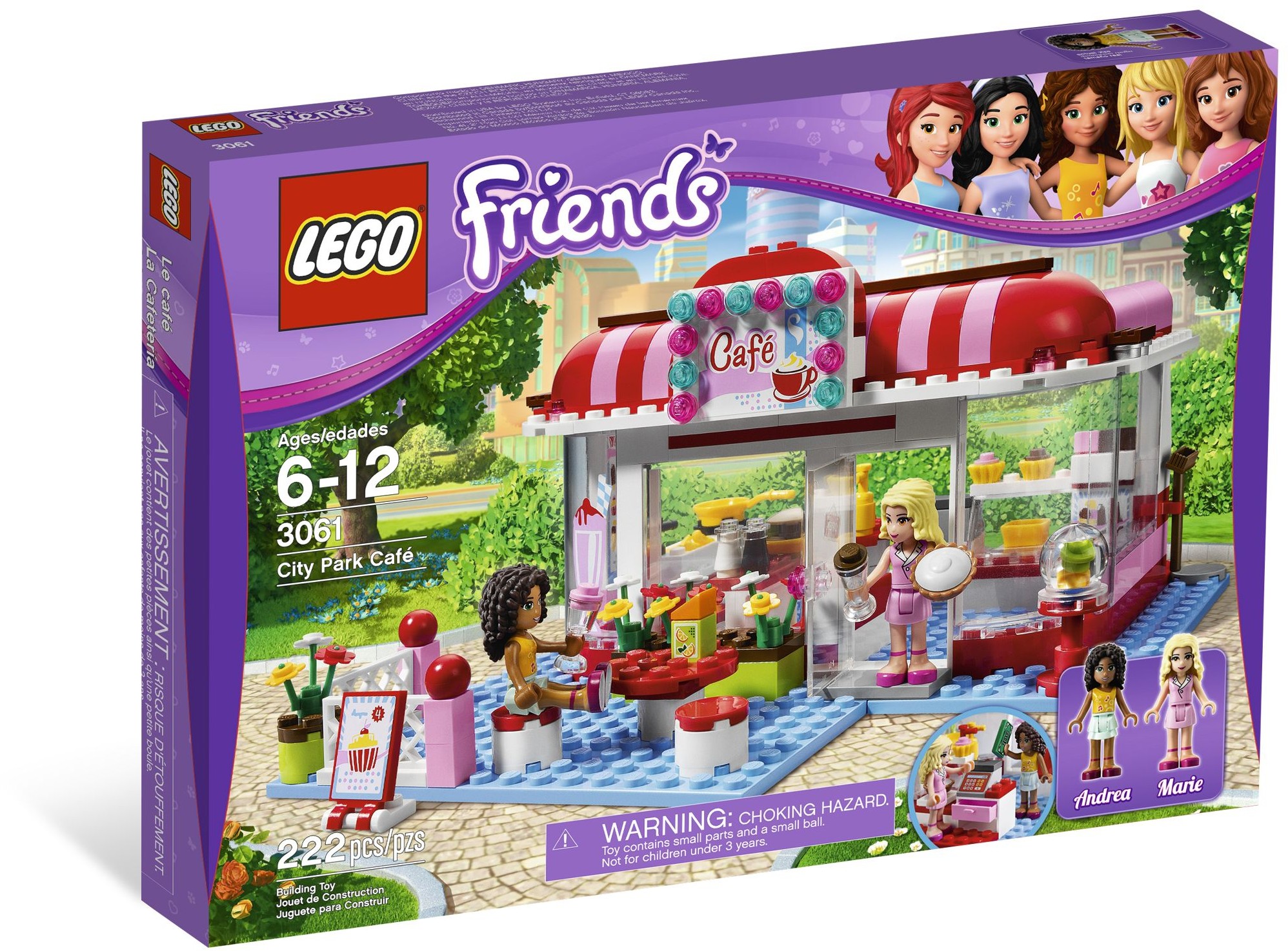
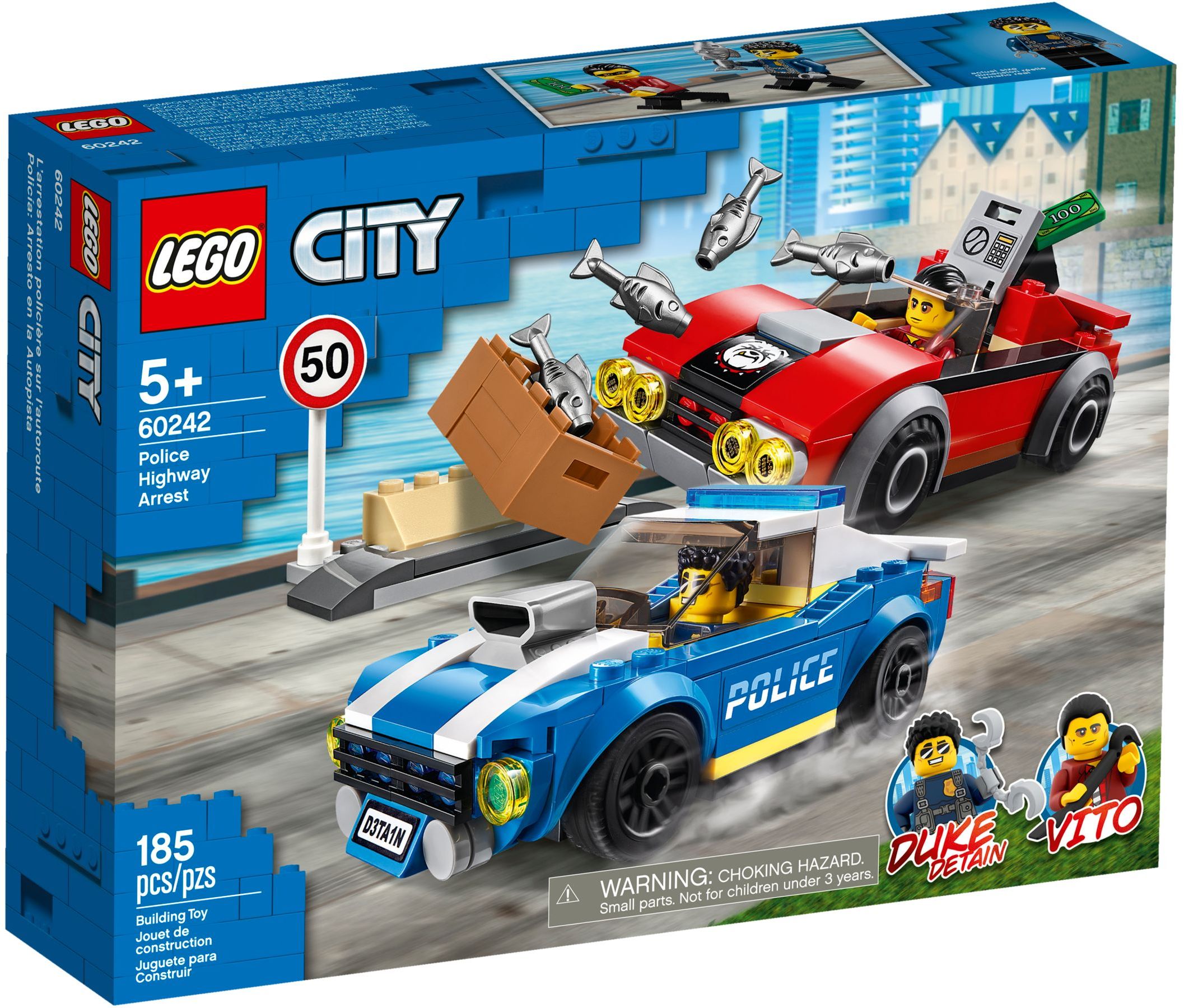
And so we see today that our themes are quite removed from the original Castle, Space and City themes of 1978. Our current in-house themes of City, Friends, Ninjago, and Monkie Kid are all tied in with their own animated series, while the remaining play-themes: Disney, DC and Marvel Superheroes, Star Wars, Trolls, Minions, Harry Potter and even Speed Champions, are all tied in to external licences.
Current themes show some ties to our original themes, but they are not concrete: There is no doubt that there are recent sets in Ninjago and Monkie Kid containing elements of Castle, Space and even Pirates.


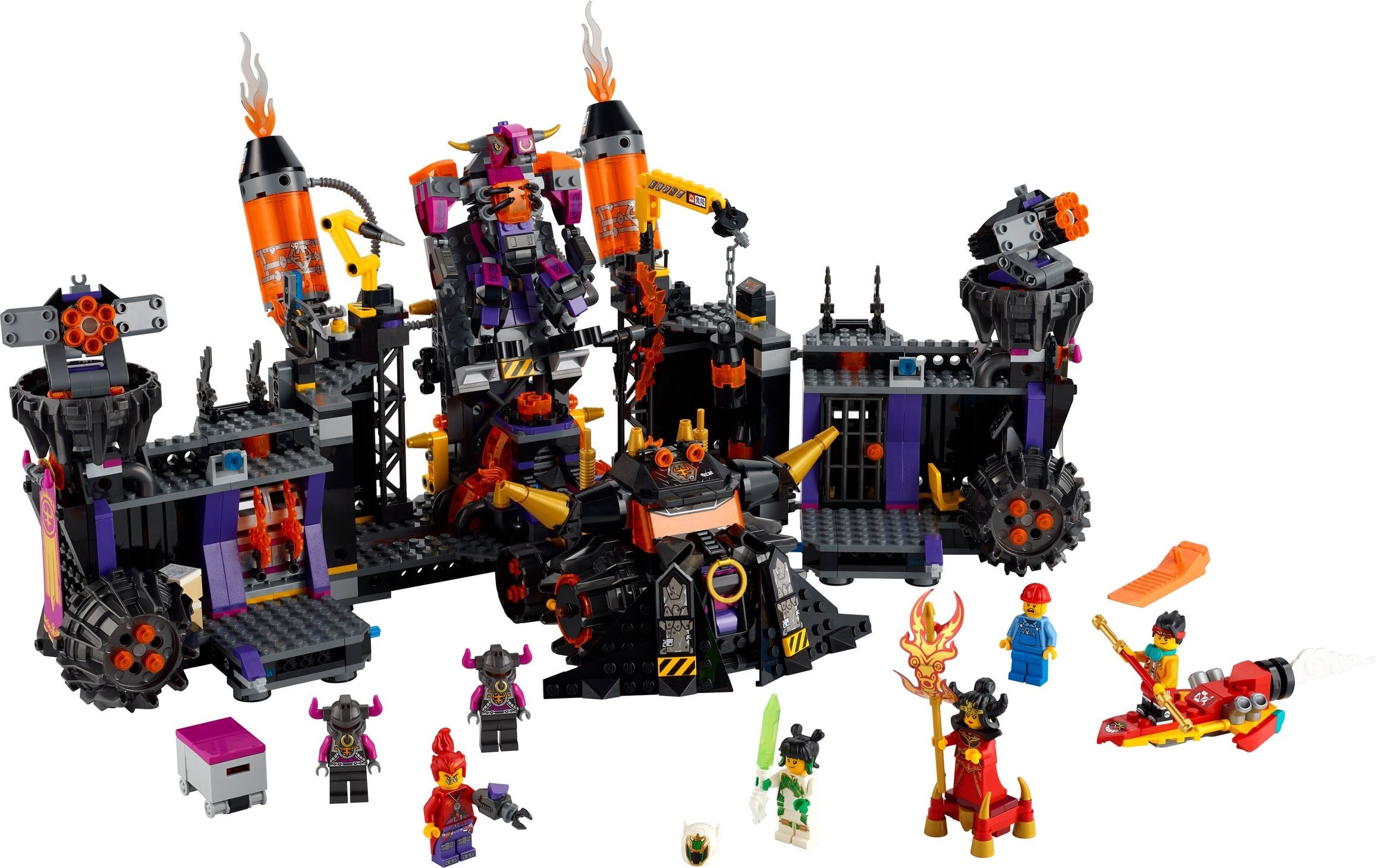
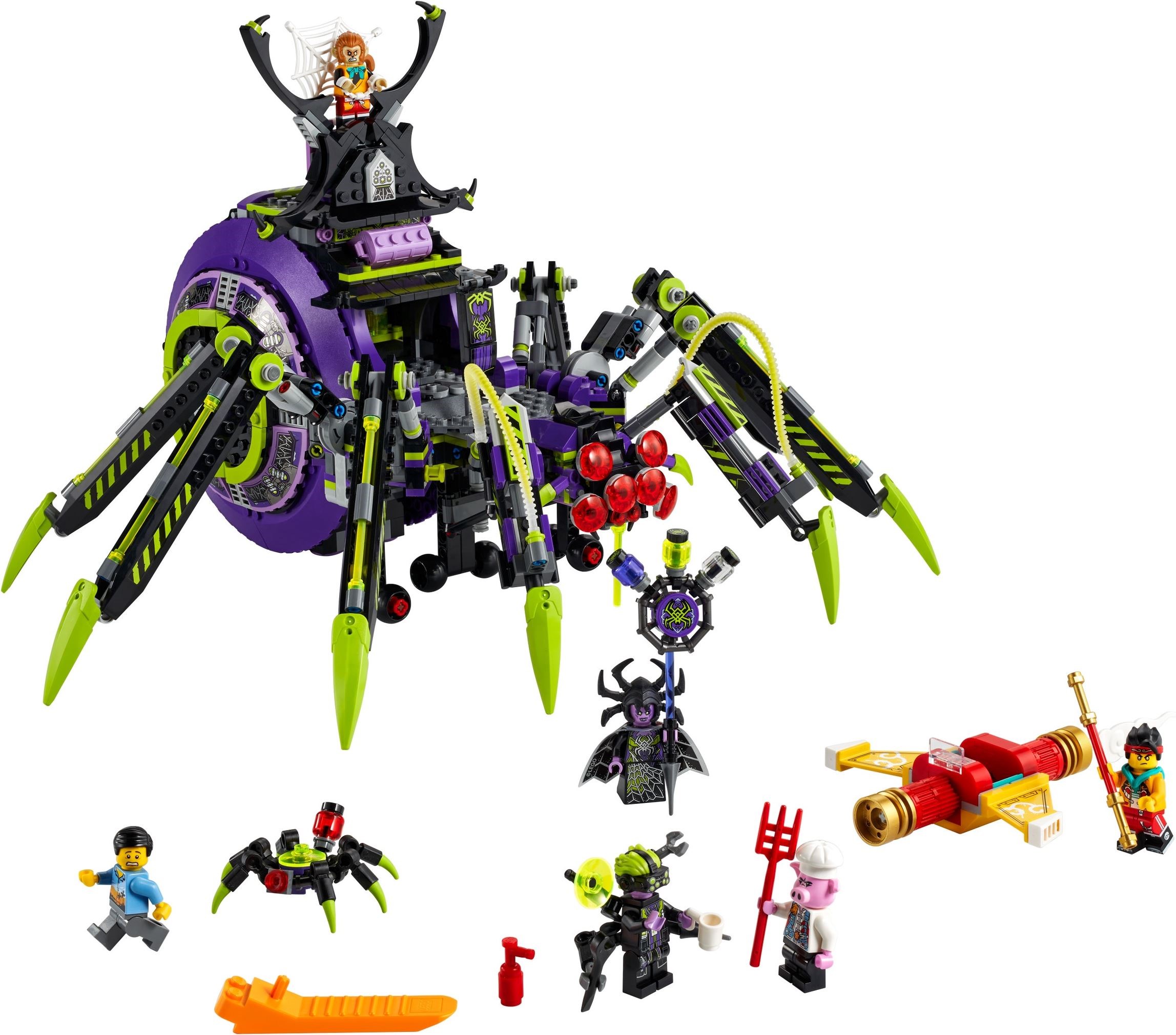

In future posts, we shall take a look at the way that our original themes have evolved; their legacy, as well as some of the others that have come and gone over the years.
Are our original playthemes still relevant to the kids of today? Or are they just a footnote in the history of children’s play?
Where would you like me to start? Leave a note in the comments below. Coming up, I will take a look at some sets from the past, as well as sets from the present along the way, as we go in search of the Legacy of our Classic themes.
In the mean time…
Would you like to contribute to our Builders’ Journeys column? I believe everyone has a set from their past that is significant for some reason or another, whether it was their first, a set you built with your grand parents, a set you built with your own kids. If you can white a paragraph or two, explaining why that set is special to you, why not send them in. If you do not have photos of it, do not worry: we can probably find one or two to convey what it was about. Drop us an email at ramblingbrick@gmail.com, and until next time…
Play Well!

[…] year, I am looking at how LEGO Themes developed from those early days in 1978. Castle, Town and Space all developed in their own way, and they […]
Love this topic (and sorry for digging up an older post)! For Christmas this year my five year son old got all of my mid-80s to early 90s Legos and he loves them! I fortunately have most of my old instructions and it’s been a blast rebuilding some of these sets with him. He’s really into the City theme and was so fascinated by my “light and sound” police van (still works!) that he sleeps with it next to his bed most nights. He’s even started commenting on how interesting it is how the pieces and instructions have changed compared to his new sets and discovered that the old boats with the weighted brick in back float much better than the current design. So I’d say yes, these old sets most definitely can still resonate with kids today!